Rio de Janeiro captivates travelers with its vibrant culture, breathtaking landscapes, and infectious energy. Known as the “Cidade Maravilhosa” (Marvelous City), Rio is a dynamic metropolis that seamlessly blends the allure of tropical beaches, rich culture, and a lively carnaval spirit. Join us on a captivating exploration of Rio de Janeiro, from its iconic landmarks to its vibrant neighborhoods, leaving you yearning to experience the city’s magic.

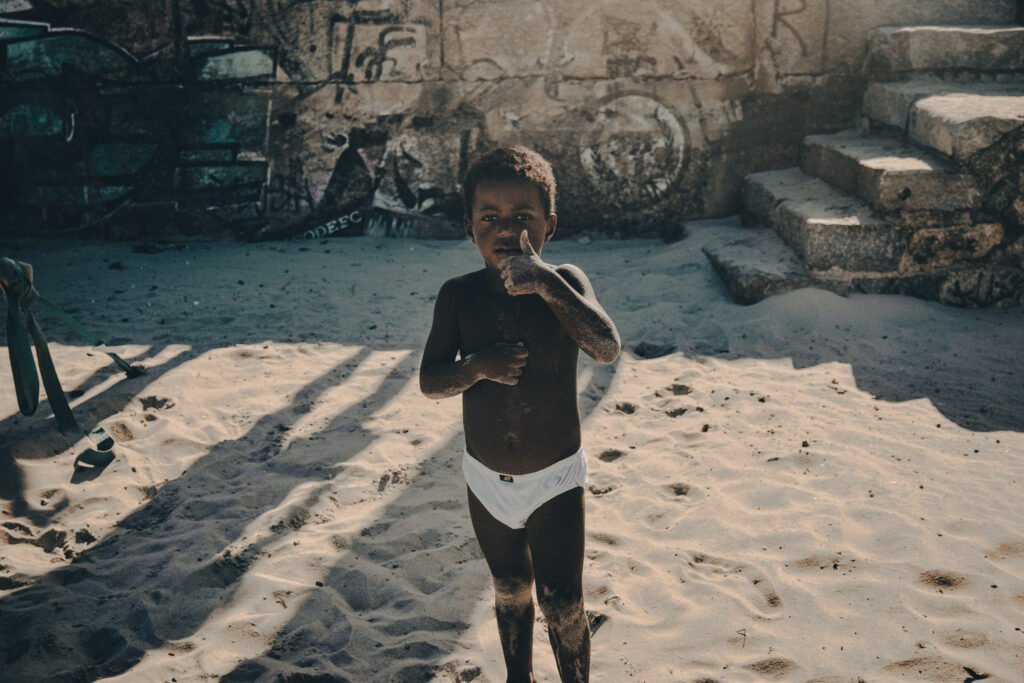


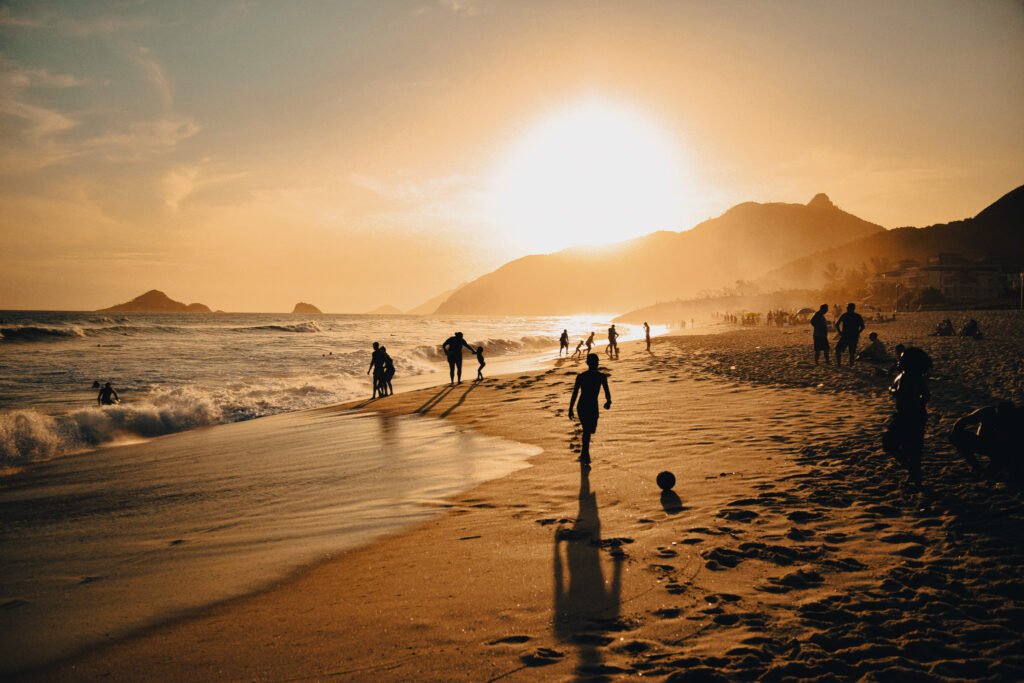
Rio de Janeiro is blessed with an abundance of natural wonders that make it a true paradise for outdoor enthusiasts. The majestic Corcovado Mountain, adorned with the iconic Christ the Redeemer statue, offers breathtaking panoramic views of the city and the vast expanse of Guanabara Bay. The towering Sugarloaf Mountain stands proudly, inviting visitors to ascend its heights for awe-inspiring vistas of the city’s coastline and surrounding mountains. The Tijuca National Park, the world’s largest urban forest, is a haven of lush greenery, cascading waterfalls, and diverse wildlife, providing a tranquil escape from the bustling city below.
From the rhythmic sway of samba to the joyful gatherings at local botecos (bars), Cariocas know how to embrace the moment and celebrate life.
The Heart and Soul of Rio: The Cariocas
The heartbeat of Rio de Janeiro lies within its people, known as “Cariocas.” They embody the city’s warm and welcoming spirit, exuding a zest for life and a love for their vibrant culture. From the rhythmic sway of samba to the joyful gatherings at local botecos (bars), Cariocas know how to embrace the moment and celebrate life. Their infectious energy is felt in the vibrant street markets, the rhythmic beats of street musicians, and the passionate cheers that echo from soccer stadiums.

11 Interesting facts about Rio de Janeiro:
- Christ the Redeemer: Rio de Janeiro is home to the iconic Christ the Redeemer statue, one of the New Seven Wonders of the World, standing atop the Corcovado mountain and overlooking the city.
- The Girl from Ipanema: The famous bossa nova song “The Girl from Ipanema” was inspired by a real-life encounter in the neighborhood of Ipanema. It became an international hit and is a quintessential part of Rio’s musical history.
- Sugarloaf Mountain: The city boasts the Sugarloaf Mountain (Pão de Açúcar), a granite peak with a cable car that offers stunning panoramic views of Rio and its surroundings.
- Samba: Samba music and dance are integral to Rio’s culture. The city is considered the birthplace of samba, and you can experience it in various dance clubs and street performances.
- Tijuca Forest: Rio is the only major world city to have a rainforest within its boundaries. Tijuca Forest is a lush urban rainforest where you can find diverse wildlife and beautiful waterfalls.
- Football (Soccer): Rio is passionate about football, and the Maracanã Stadium is one of the most iconic football stadiums globally, hosting the 1950 World Cup final and various other major events.
- Lapa Arches: The Arcos da Lapa, a historic aqueduct, is an iconic Rio de Janeiro landmark and serves as a bridge for trams connecting the city center to Santa Teresa.
- Favelas: Rio is known for its favelas, informal settlements that are an integral part of the city’s landscape. Some have transformed into vibrant communities and cultural hubs.
- Botanical Garden: The Rio de Janeiro Botanical Garden (Jardim Botânico) is home to over 6,000 species of plants, including the Amazonian Victoria water lily, making it a serene and educational destination.
- Surfing Culture: Rio de Janeiro has a thriving surf culture, with numerous world-class surf breaks along its coastline. Spots like Arpoador and Praia do Pepino attract surfers from around the world.
- Carnival: Rio is famous for its annual Carnival, one of the world’s largest and most extravagant festivals, featuring samba parades, colorful costumes, and lively street parties.
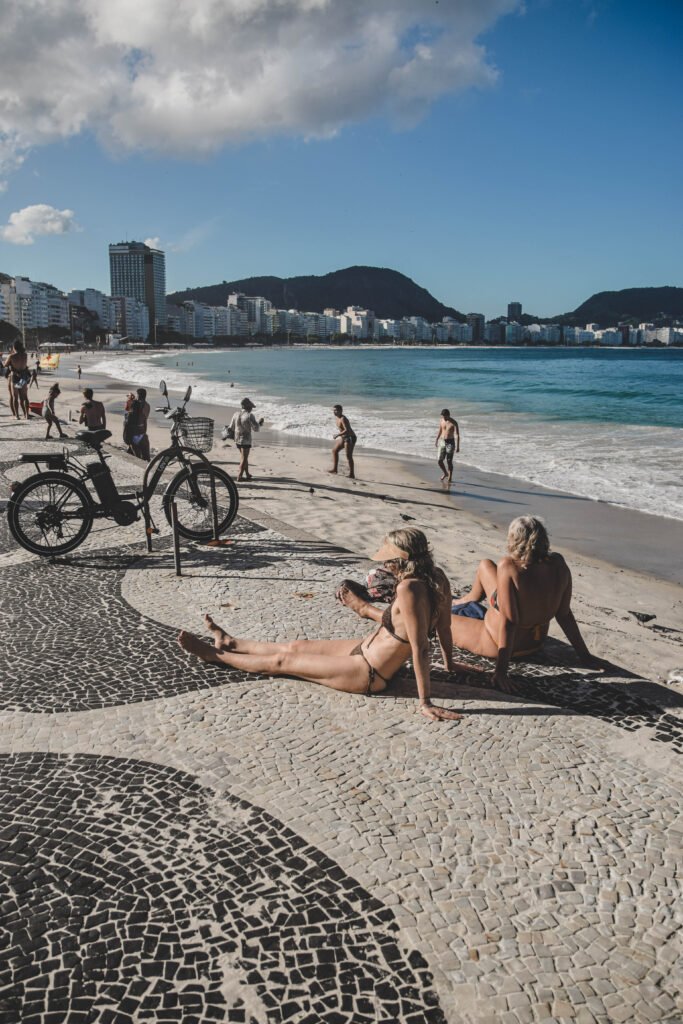
Carnaval: Rio’s Spectacular Celebration
While it is often said that Carnaval is best felt rather than explained, I’ll do my best to convey some facts and personal insights for those who haven’t had the opportunity to experience it firsthand.
It is one of the world’s most famous and extravagant festivals, celebrated with unparalleled enthusiasm in many countries. However, it holds a particularly special place in the heart of Brazil, where it is known for its exuberance and grandeur.
The origins
The roots of Carnaval can be traced back to ancient pagan festivals, such as Saturnalia in Rome and Dionysian celebrations in Greece, which marked the transition from winter to spring. Over time, these festivals merged with Christian traditions, leading to the development of the modern Carnaval.
The Brazilian Carnaval, especially the one held in Rio de Janeiro, is the most famous globally. It typically takes place in February or March, 40 days before Easter, and lasts for several days. The festivities are marked by parades, music, dance, and elaborate costumes.
Samba Schools
The heart of Rio’s Carnaval lies in its samba schools, which are community-based organizations that prepare year-round for the event. Each school selects a theme, designs intricate costumes and floats, and practices their samba routines. The competition among these schools is fierce, and the winning school is celebrated as the year’s champion.
Sambadrome
The Sambadrome Marquês de Sapucaí in Rio de Janeiro is the iconic venue where the official parades take place. It’s a grand stadium lined with bleachers, providing spectators with a perfect view of the performances. You can visit the rehearsals almost every Sunday for free.
The parades are a visual spectacle with enormous floats, dancers, and drummers. The samba schools are judged based on various criteria, including music, costumes, and choreography. amba songs, specifically composed for the event, are performed by large percussion ensembles, accompanied by singers and dancers. The rhythm of samba is infectious, and it’s impossible not to move to the beat.
Street Parties
In addition to the official parades, Rio’s streets come alive with countless blocos (street parties) during Carnaval. These events attract both locals and tourists and feature live music, dancing, and revelry. And that is the most part for many. Like a huge moving festival inside he city filled with all kinds of music styles
While Rio de Janeiro is the most famous location for Carnaval, other Brazilian cities, such as Salvador and Recife, have their own unique Carnaval traditions, each with distinct music and dance styles
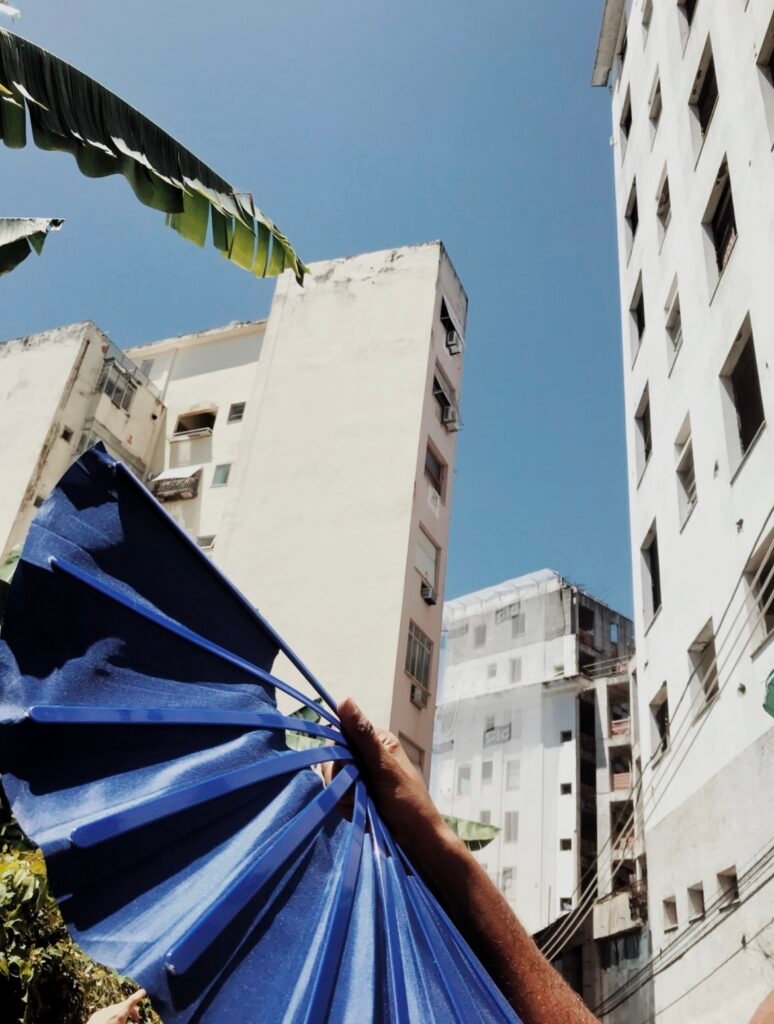

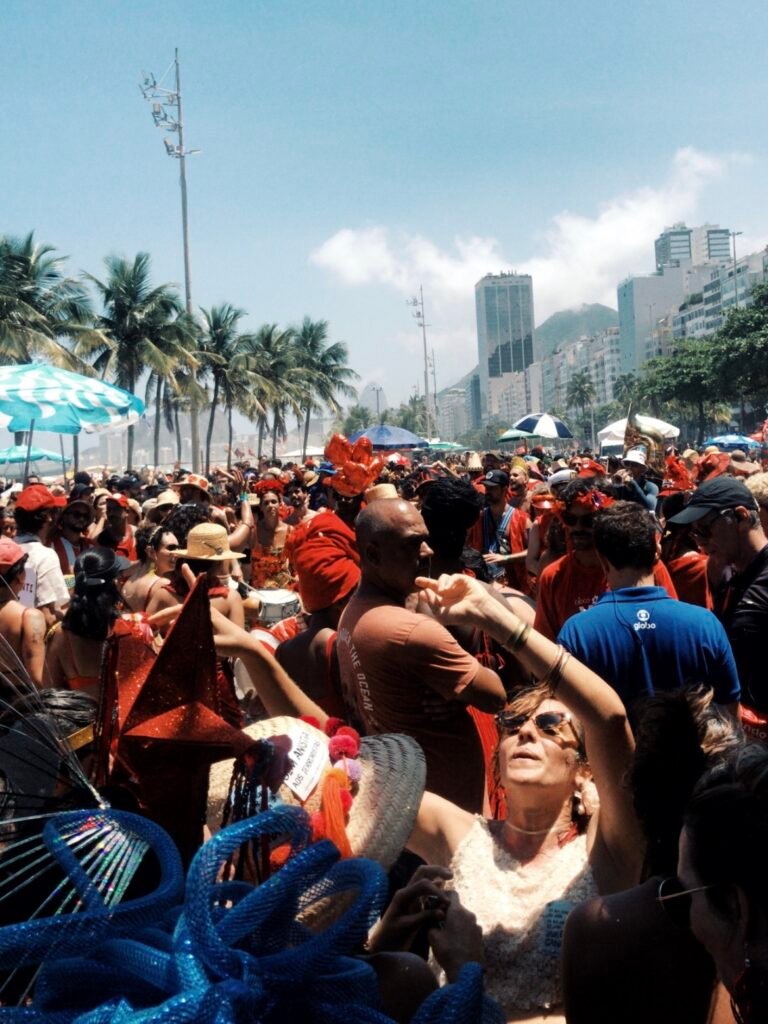
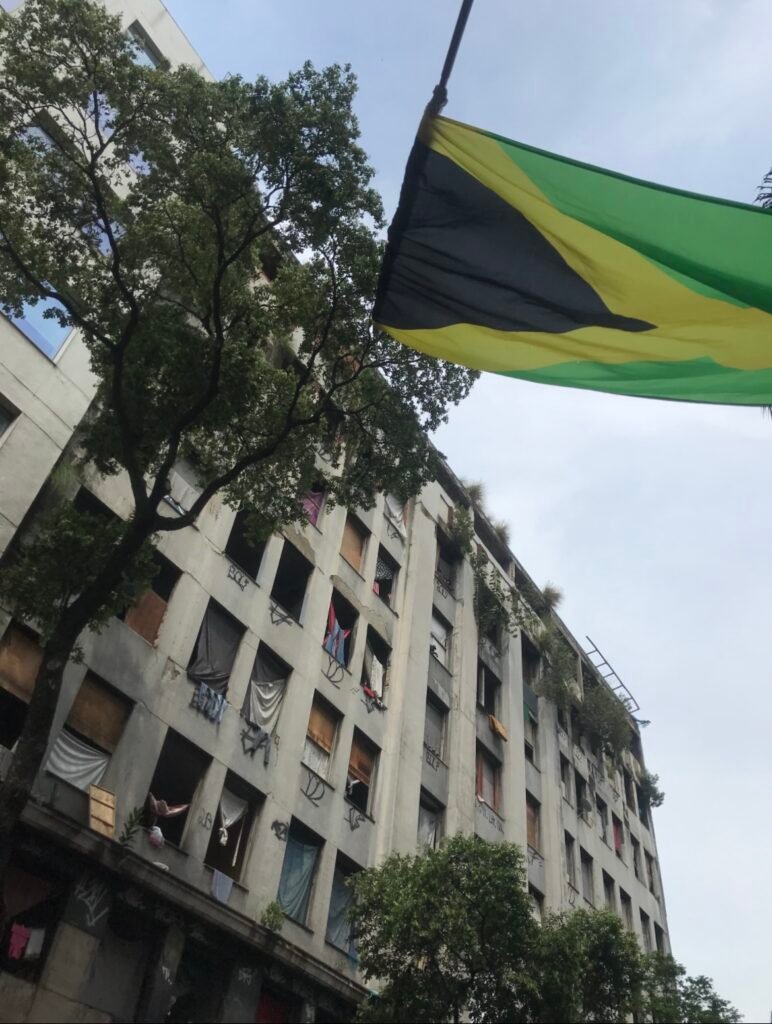
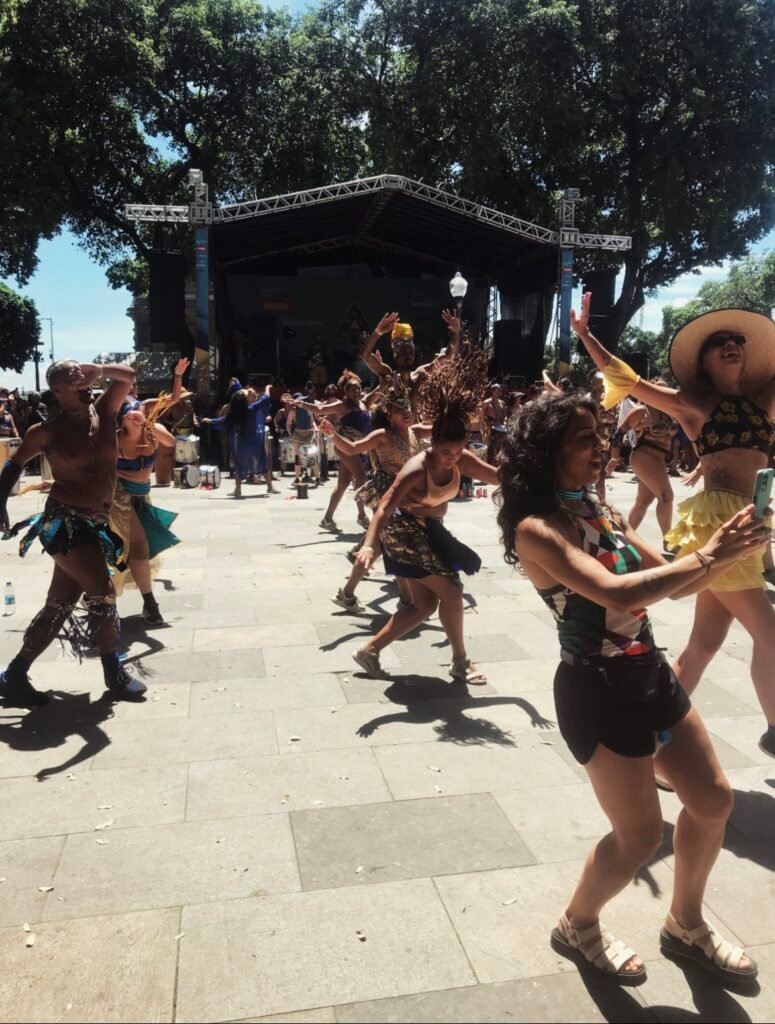
Carnaval is more than just a party; it has cultural, political, historical, and social significance in Brazil. It’s a time for people to come together, celebrate their cultural diversity, and forget their worries. It also provides an economic boost to the tourism and entertainment industries. Carnaval is an unparalleled celebration that transcends borders and captures the hearts of people from all walks of life. It’s a dazzling spectacle of music, dance, and culture that everyone should have the opportunity to immerse themselves in at least once in their lifetime. If you haven’t had the chance to participate yet, make no mistake, it’s an experience that deserves a prominent place on your bucket list.
From the lively rhythms of samba to the colorful and extravagant costumes, Carnaval in Rio de Janeiro is a sensory feast like no other. The energy is infectious, the atmosphere electrifying, and the sense of unity among the revelers is truly magical. It’s a celebration that not only showcases the rich cultural tapestry of Brazil but also reminds us of the beauty of living in the moment and celebrating life to the fullest.
So, whether you’re a seasoned traveler or someone who loves to embrace new experiences, make it a goal to join the ranks of those who have danced their way through the streets of Rio during Carnaval. It’s an adventure that promises unforgettable memories, lifelong friendships, and a deeper appreciation for the spirit of celebration that knows no boundaries.

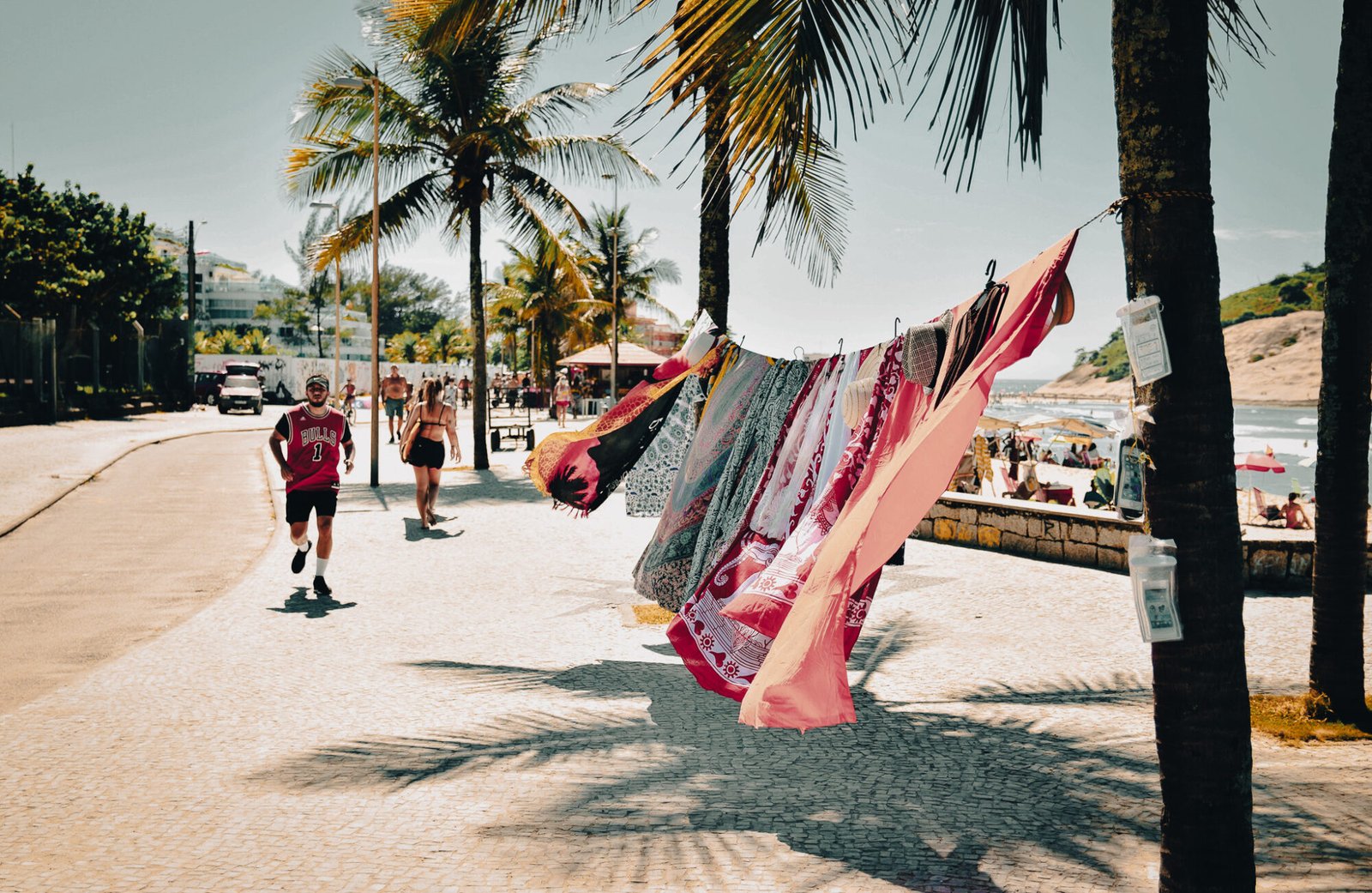

Pingback:7 Reasons to Go on a Retreat in Brazil - Connecting Waves